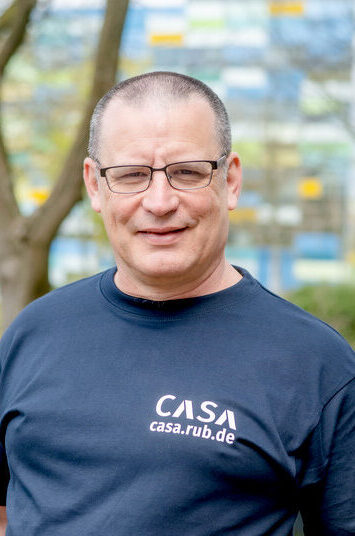Prof.Dr. Yuval Yarom
Professor / Head of Chair
Address:
Ruhr-University Bochum
Faculty of Computer Science
Computer Security
Universitätsstr. 150
D-44801 Bochum
Room: MC 5.148
Telephone: (+49) (0) 234 32 – 19290
Office Hours: By arrangement
E-Mail: yuval.lastname(at)rub.de

